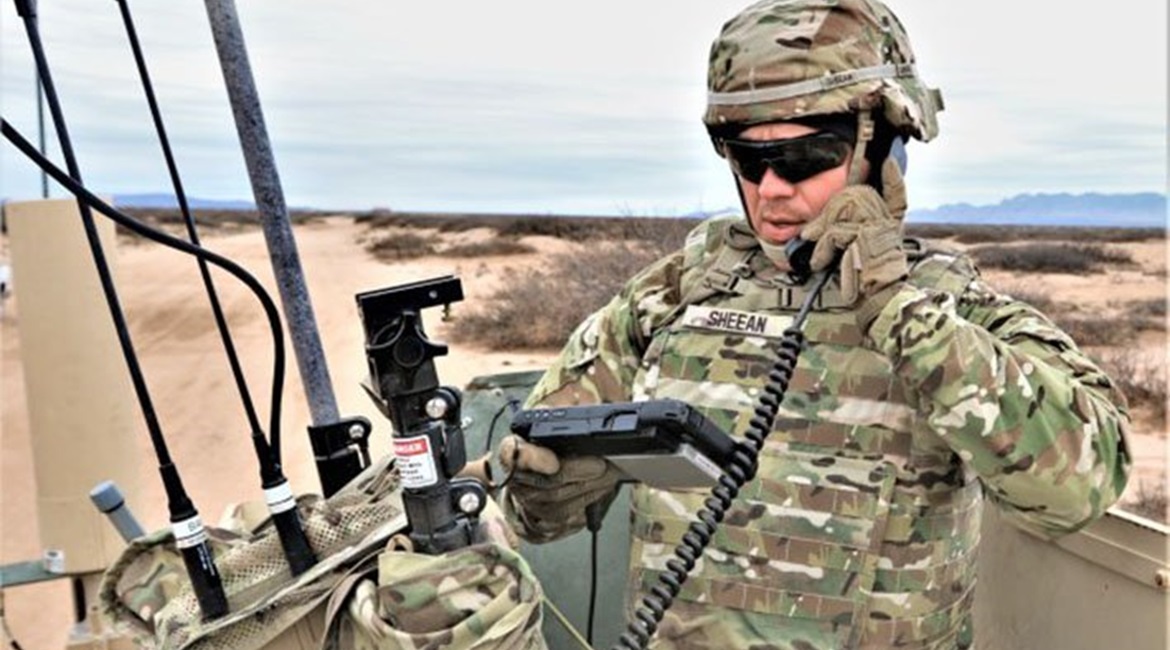
US Army leaders are moving forward with evaluating options for an eventual replacement of the service’s Single Channel Ground and Airborne Radio System (SINCGARS) in the next three years, in favour of systems that are more mobile, easier to encrypt, and capable of integrating into the army’s larger networked communication modernisation initiative under the Integrated Tactical Network (ITN).
The SINCGARS replacement effort kicked off when service leaders from Army Program Executive Office Command, Control, and Communications-Tactical (PEO C3T) issued a request for information (RFI) in October 2020 seeking technology upgrades to legacy radio systems or development of new radio programmes. Since then, army engineers have been evaluating options submitted under the RFI, Program Executive Officer for C3T Army Brigadier General Robert Collins said.
“We are looking at a range of options, anything from a [card] chip and replace to ... some type of a [commercial off-the-shelf]-type capability that we could adopt, which could provide us with some growth potential as we start to migrate to our newer, handheld [or] manpack, small form-factor capability. So, we are framing that up,” he said during an AFCEA International-sponsored webinar on the future of the ITN.
The SINCGARS modernisation and replacement effort was spurred on by the service’s desire to explore “future waveforms [support] which may include different modulation techniques and faster frequency hopping” for the legacy radio system, according to the RFI. Concerns over the current SINCGARS encryption capabilities, coupled with a desire by service leaders to increase resiliency within the service’s slate of tactical radio systems, also helped spur on the effort.

Looking to read the full article?
Gain unlimited access to Janes news and more...




